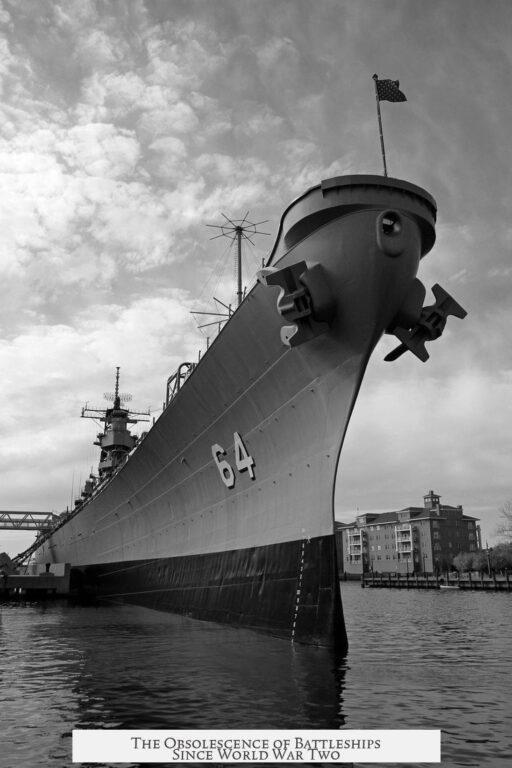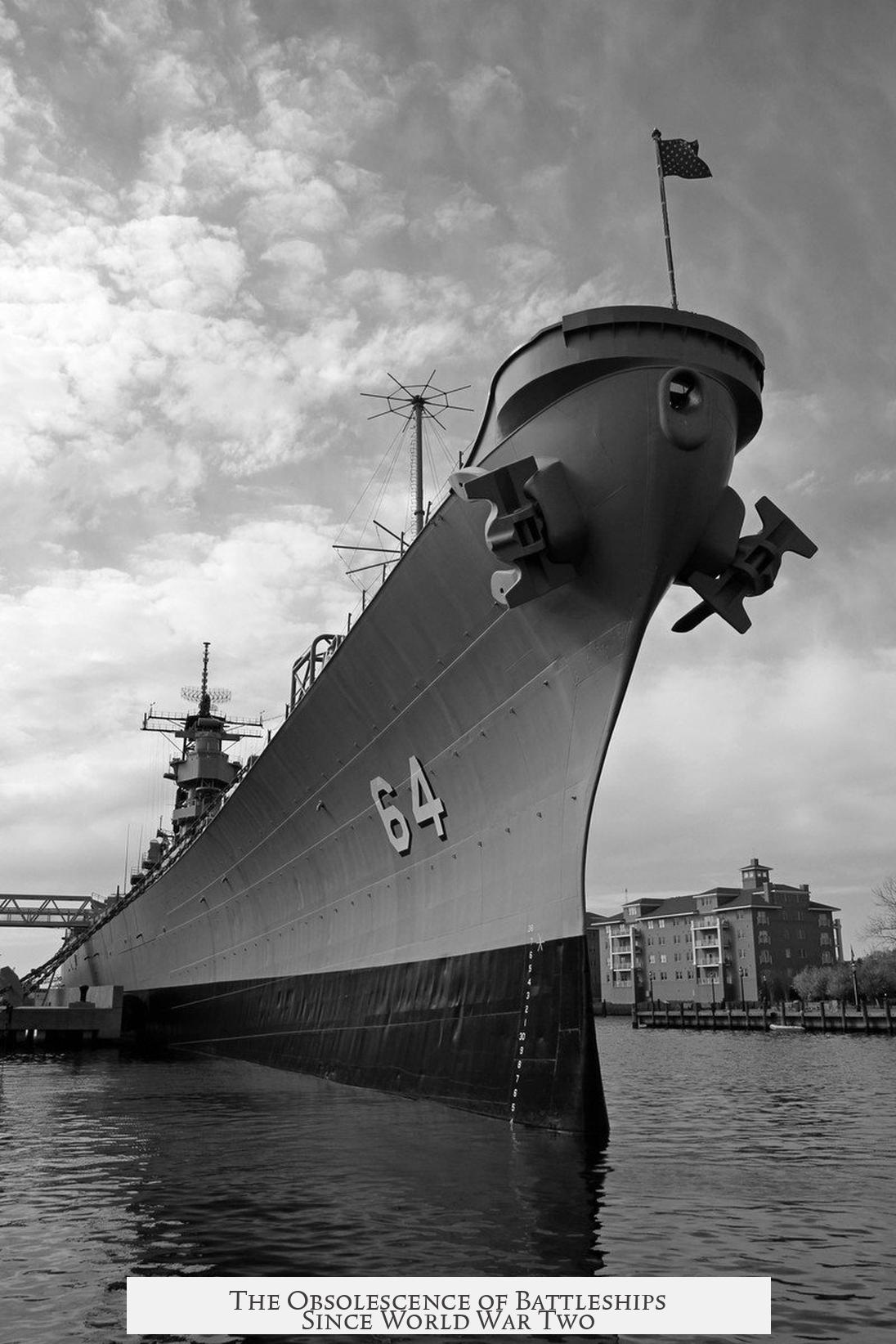Battleships become obsolete after World War Two because aircraft and missile technology outperform them in speed, range, cost-effectiveness, and versatility, making battleships expensive, slow, and vulnerable targets in modern naval warfare.
Battleships rely on large-caliber guns with limited range. They take hours to reach targets several hundred miles away, while aircraft strike the same distance in a fraction of the time. For example, a fast battleship might need 10 hours to cover 300 miles, whereas aircraft would take about one hour. This speed difference gives aircraft a tactical edge to strike swiftly and retreat before battleships can respond effectively.
Cost also plays a critical role. A single battleship costs around ten million pounds, while hundreds of aircraft with combined firepower can be produced and maintained for the same amount. This allows navies to deploy numerous striking units with aircraft, increasing attacking flexibility and survivability. Aircraft squadrons can deliver simultaneous, powerful strikes against multiple targets, beyond the limited arc and range of battleship guns.
Battleships’ power projection is confined to the sea areas within their gun range. In contrast, aircraft operate over vast areas, including inland targets. This flexibility lets air power engage diverse strategic targets far beyond coastal waters, increasing their relevance in modern military operations. Battleships simply cannot match this operational range and target versatility.
Battleships also present significant vulnerability concerns. They are large, costly single targets concentrating combat power. Losing one battleship severely depletes fleet strength compared to losing a few aircraft or smaller warships. Modern threats such as anti-ship missiles, jet bombers, nuclear weapons, and long-range submarines negate the historic heavy armor and firepower advantages. The nuclear tests at Bikini Atoll demonstrated battleships’ inability to withstand contemporary nuclear blasts, further exposing their weaknesses.
Historically, the transition away from battleships began during World War I, with early carrier aviation introduced for scouting duties. Battleships initially carried scout planes, such as the converted HMS Engadine, marking the first reconnaissance by heavier-than-air aircraft against enemy fleets. The emergence of true aircraft carriers, like HMS Ark Royal, signaled a shift in naval tactics favoring air power.
During World War II, battleships remained central, but their vulnerability to air attack grew evident. The sinking of the German battleship Bismarck showed that insufficient anti-aircraft defenses made battleships susceptible to relatively outdated aircraft. Even antiquated bi-planes crippled the Bismarck, enabling surface fleets to finish the job. This incident illustrated battleships’ increasing liabilities in the face of air assaults.
The decisive naval battles of World War II underscore the supremacy of carrier air power. The Japanese strike on Pearl Harbor targeted battleships to cripple the U.S. Navy, but the American aircraft carriers were absent. This preserved U.S. naval air power for future battles. At the Battle of Midway, carrier-based aircraft detected and destroyed four Japanese carriers, inflicting a strategic defeat that battleships could not achieve. This highlighted carriers’ offensive reach and the obsolescence of battleship-centric strategies.
Post-World War II naval warfare embraces modern missile technology, nuclear-powered submarines, and jet aircraft. Battleships, dependent on large guns and restricted in engagement distance, cannot cope with missile strikes from beyond their effective range. Their size and slower speed render them easy targets for long-range precision weapons. Meanwhile, smaller, versatile ships like destroyers form the modern fleet backbone, offering better adaptability and survivability against diverse threats.
| Factor | Why Battleships Became Obsolete |
|---|---|
| Speed and Range | Slow movement and limited gun range vs. rapid, long-range aircraft strikes |
| Cost | High cost, fewer units vs. many cheaper aircraft with combined effects |
| Vulnerability | Large single target, weak against modern missiles and nuclear weapons |
| Operational Flexibility | Sea-bound firepower only vs. aircraft power projecting inland and wide areas |
| Historical Evidence | WWII carrier dominance and battleship losses like Bismarck demonstrate shift |
| Modern Naval Strategy | Focus on smaller ships like destroyers using missile systems and air cover |
Key takeaways:
- Battleships cannot compete with aircraft’s speed, range, and striking power.
- High costs and vulnerability make battleships impractical in modern fleets.
- Carrier aviation proved decisive in WWII, eclipsing battleship roles.
- Modern weapons and tactics favor smaller, versatile ships with missile capabilities.
- Historical naval battles highlight the decline of battleships and rise of air power.




